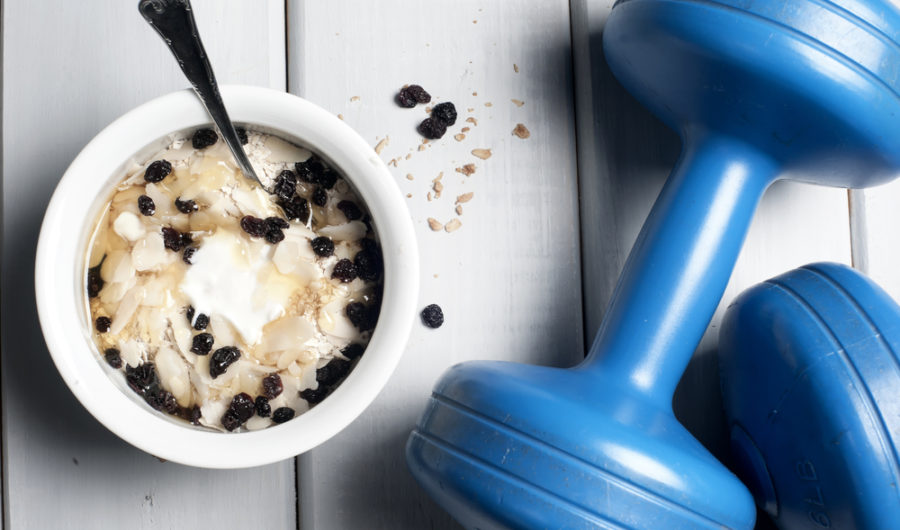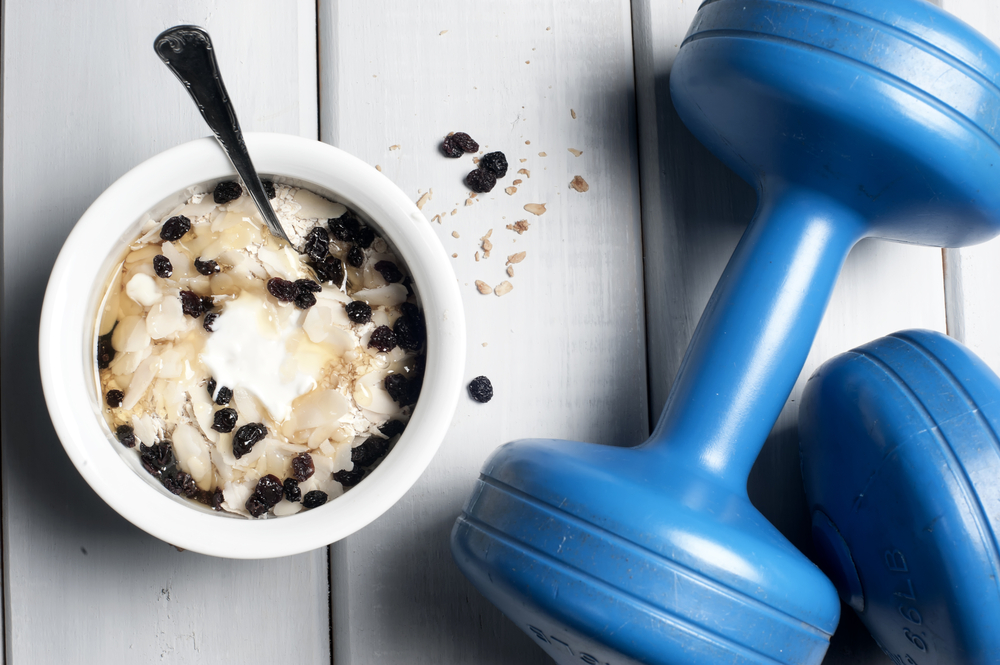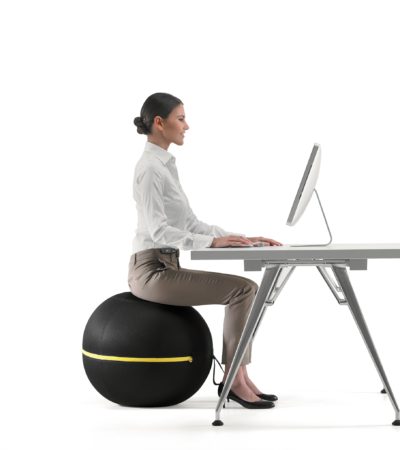- Cardio burns the most fat
Losing fat comes down to burning more calories than you consume in a day. Rather than just looking at how much fat you burn during an exercise session you need to be aware of what is happening throughout the day. Along with being mindful of the food/drink you consume you must also look at ways to increase your Daily Metabolic Rate (the amount of calories you burn in one day).
There are many benefits to cardio vascular training and it is a great calorie burner. Jogging for 30 minutes will burn you around 300 calories (which is a third higher than resistance training for the same period. However don’t be fooled by the calories burnt during your workout. We must also look at the calories burnt post workout. After a resistance workout your body needs to repair the damaged muscle tissue through protein synthesis and this leads to an increase in your calorie expenditure for a number of hours after your workout.
In summary, what you eat is one of the most important things when it comes to burning fat. Whilst aerobic (cardio) training helps, combining it with weight training will yield the best results – not just for calorie burn but for all the health benefits of exercise.
- Longer is better
Firstly, we must remember that fitness is specific and the type of training you do should be tailored to the individual and their desired outcomes. Therefore you can never really say one type of exercise is better than another, or that longer is better than shorter, without putting it into context. For example if you are training for a marathon you need to prepare the body to cope with running for a long period of time. Only doing high intensity training for 20 minutes at a time will yield some health benefits but probably isn’t get you through 26 miles of running.
What yields the biggest results in our studio is adherence to an exercise program. We ask clients to look at the time they have available and then devise a training program around the time that they can realistically commit to.
HIIT, and any form of interval training can be very efficient if you are short on time but remember it is a tool that should be used as part of a bigger training plan. Interval training is hard and it can take longer to recover from. It is not suitable for people that are new to exercise and in essence, you can only do so much HIIT before your body wears out.
In summary, if you are short on time and familiar with exercise adhere to a HIIT program for a phase of 6-8 weeks of training. Following this, change your workout to ensure your body doesn’t plateau and you can keep progressing.
- Working out before breakfast is best
Firstly, lets remember that getting a workout in is more important than trying to push for a PB (personal best) every time you train.
There are studies, including this one from the International Journal of Obesity, proving that those that eat earlier in the day lose more weight than those who eat later in the day or skipped a meal.
There has also been some hype regarding Intermittent Fasting arguing that exercising after a 10-12hour over night fast will allow the body to burn down fat stores (fat oxidation) as your body won’t have access to energy provided from food.
For me it is personal preference. I personally “feel” more energised and focused when I have breakfast within an hour of waking up, thus before my workout as these are usually 11am.
I believe that a well-balanced, healthy breakfast is the best breakfast for most individuals. Whether it’s before a workout or after a workout is personal preference.
- Protein shakes make you bulky
Protein shakes will only make you bulky if you are consuming more calories than you burn. Your total dietary picture needs to be reviewed. Ultimately, protein shakes are a food. A common mistake is adding a protein shake on top of usual daily food and even mixing it with big calorie items such a milk or porridge when there is no requirement to do so.
At Eqvvs, we are firm believers that food comes first. Are you measuring your dietary protein? Do you even need to supplement it with a shake?
If you need to add to your dietary protein try and buy a product with minimal ingredients. Often products that don’t state low calorie or low carbs on the label contain lots of other additives to make it palatable. There are also some great dietary products on the market that can aid muscle repair however, an adequate cool down and post workout stretch can also help to reduce DOMS.
- Thigh Gap
I have been asked a few times now by clients “what can I do to get me a thigh gap?” My response is very simple “that’s like looking at someone who is 6 foot 2 and saying what can I do to be 6 foot 2!”
It all comes down your genetics, anatomy and bone structure. There is not a great deal you can do about the width of your hips or the length of your femoral head!
No amount of dieting or squats will get you a desired thigh gap. Don’t get me wrong, you can reduce overall body fat and tone the thighs through exercise and diet but that’s as far as it goes.
So why set yourself up for a fail? Give your self-esteem a break and choose a realistic goal.
Words by Nicola Addison
MORE: The Latest Way To Tone Your Core | How To Beat The 4pm Slump














